Cookies are small blocks of information created by websites you visit. These small blocks of information comprise your basic preferences such as the light/dark mode of a website, saved items, and/or your username and password to keep you signed in. Cookies are deeply integrated into the backend of your browsing experience and are enhancing it without you even noticing it.
Nowadays, Cookies not only remember the items you added into the cart on your favorite online shopping website, or enable you to load websites faster; but they also enable websites to cater you personalized advertisements on the basis of your browsing history. This may come helpful to know about a service or a product you have been trying to find for a while.
Moreover, enabling Cookies is also critical as many websites either do not function at all without them or some of the features are rendered broken or useless if Cookies are disabled.
Hence, if you have been experiencing some sort of buggy behavior of websites and not all features are working for you while they do their jobs for others; it is quite possible the Cookies have been disabled on your browser. So, let’s get started and resolve those issues.
Enabling Cookies in Chrome on Android
Enabling cookies on Android is as plain sailing as it gets once you know where to go.
To enable cookies, first launch the Chrome browser from the home screen or the app library of your device.
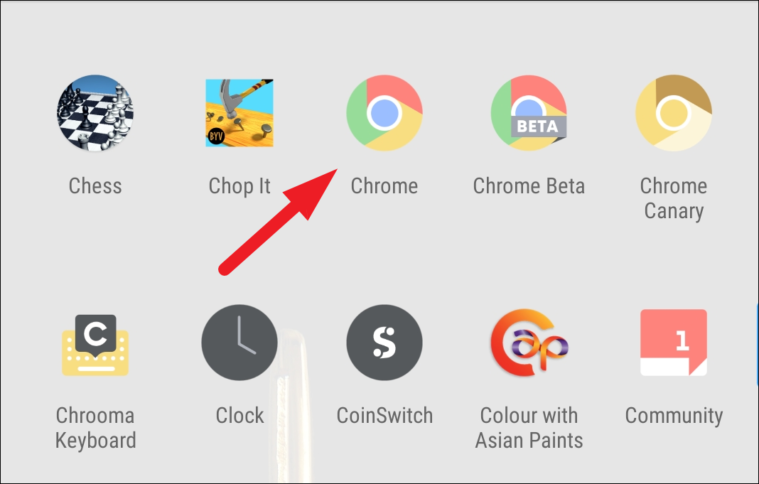
Next, tap on the kebab menu (three vertical dots) present on the top right corner of your screen.

After that, select the ‘Settings’ option from the overlay menu.
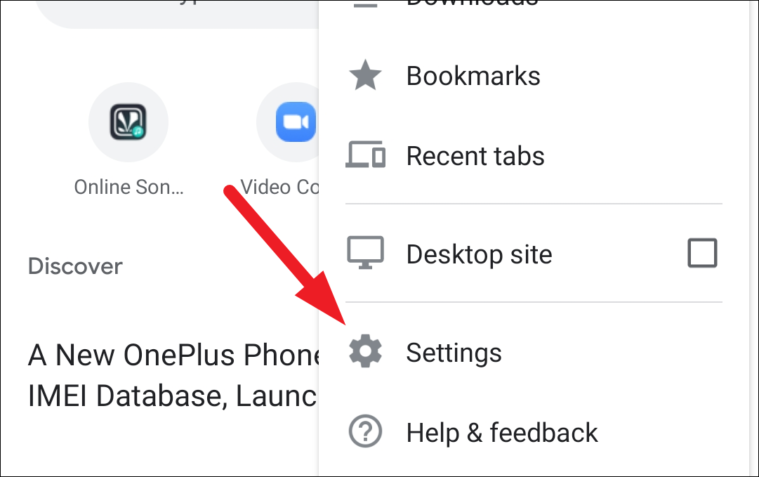
Then, scroll down to the ‘Advanced’ section and locate the ‘Site settings’ option, and tap on it.
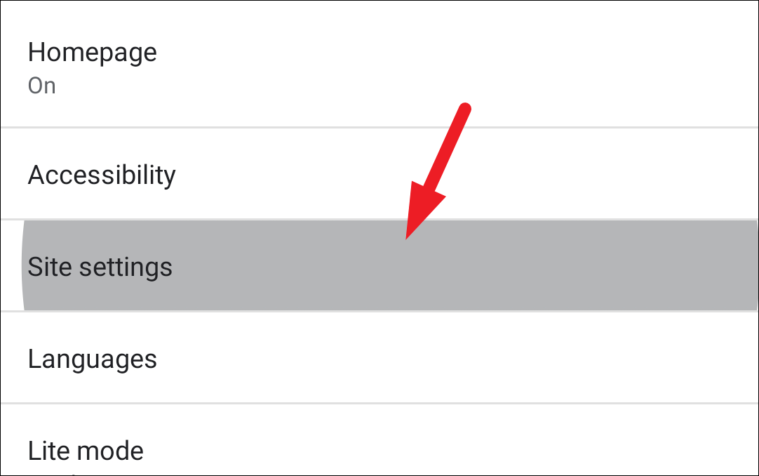
Now, tap on the ‘Cookies’ option present on the ‘Site settings’ screen.

After that, you will see a list of options to enable cookies. For the sake of a better web browsing experience, let’s understand what do they all mean for you:
- Allow all cookies: As the name suggests, this option will allow all cookies inlcluding the ones that enable personalized advertisement for you based on your web history.
- Block third-party cookies in incognito (default): This option functions same as above with an exception under the incognito mode of not letting websites track your behavior on other websites. That simply translates to no personalized advertisements in the incognito mode.
- Block third-party cookies: If this option is chosen, websites will still be able to remeber your passwords, preferences, and items in cart; however, they will not be able to track your behaviour accross other websites and not able to provide you personalized advertisements.
- Block all cookies: If chosen, websites would not be able to save your preferences, passwords, or even remeber the items added in your cart. Many websites may not even work properly.
Now, tap to choose your preferred option from the list. Your selection will be applied immediately.

Enabling Cookies in Chrome on Desktop
Cookies are enabled by default on Chrome, however, if you have reason to believe they have been turned off; you can enable them quickly using the Chrome settings.
To do so, launch the Chrome browser on your Windows or macOS device.
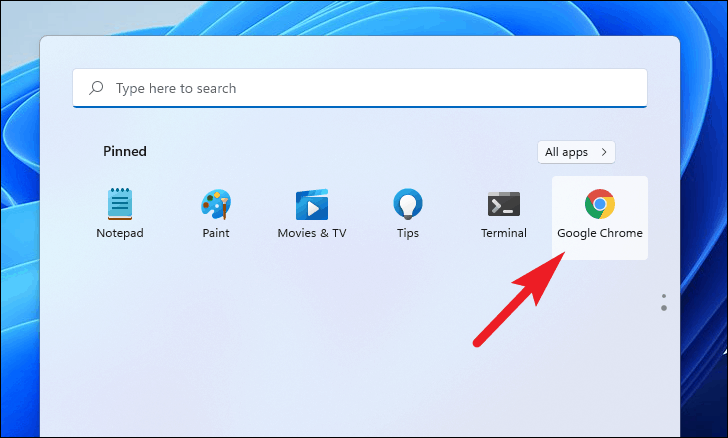
Next, click on the kebab menu (three vertical dots) present on the top right corner of the screen and choose the ‘Settings’ option from the overlay menu. This will open a separate ‘Settings’ tab on your browser.

After that, click on the ‘Privacy & security’ option from the left sidebar present on your screen.
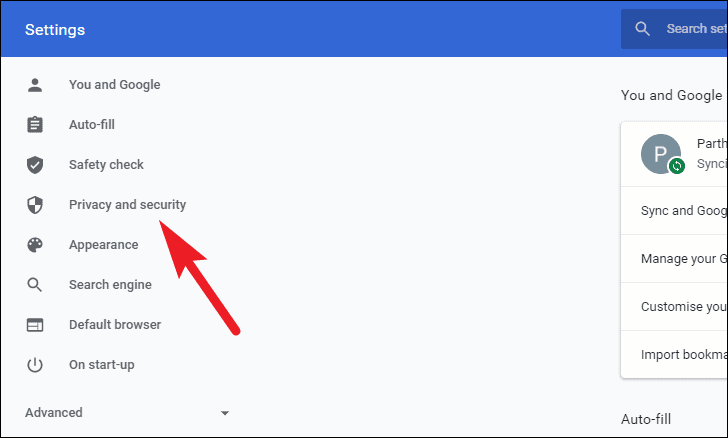
Now, click on the ‘Cookies and other site data’ tile from the list of options.

After clicking on the ‘Cookies and other site data’ tile you will see a list of options regarding Cookies. You can learn about their impact on your browsing experience, as that has been already mentioned in the previous section.
Now, click on the radio button preceding your preferred option from the list. The changes will apply immediately.

And that’s it you have enabled the Cookies on your Windows or macOS device.


